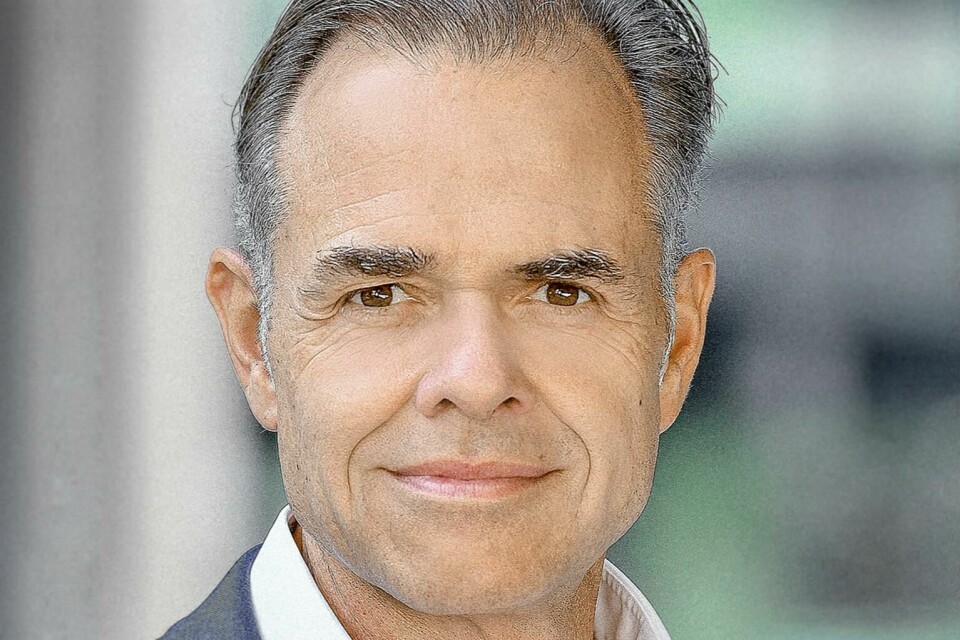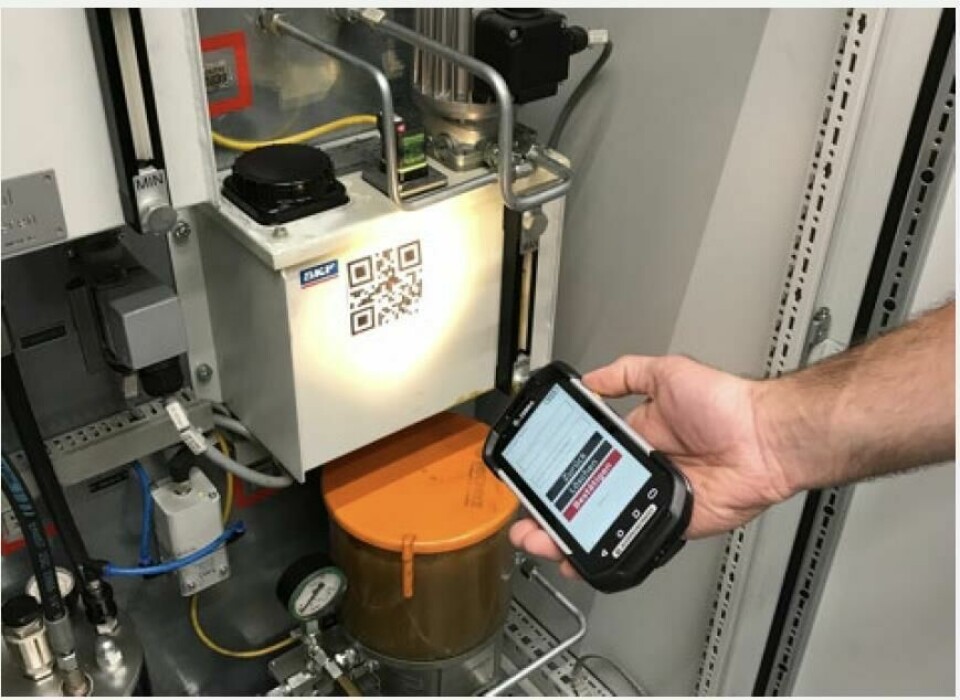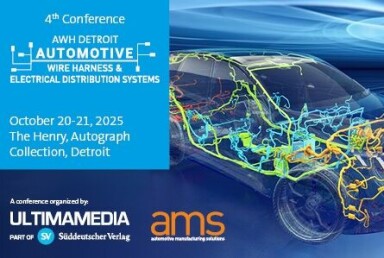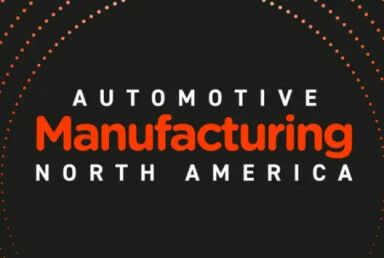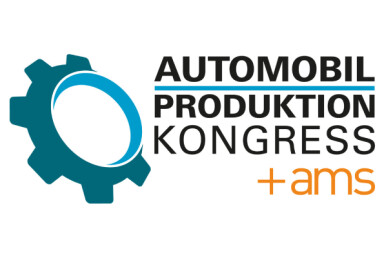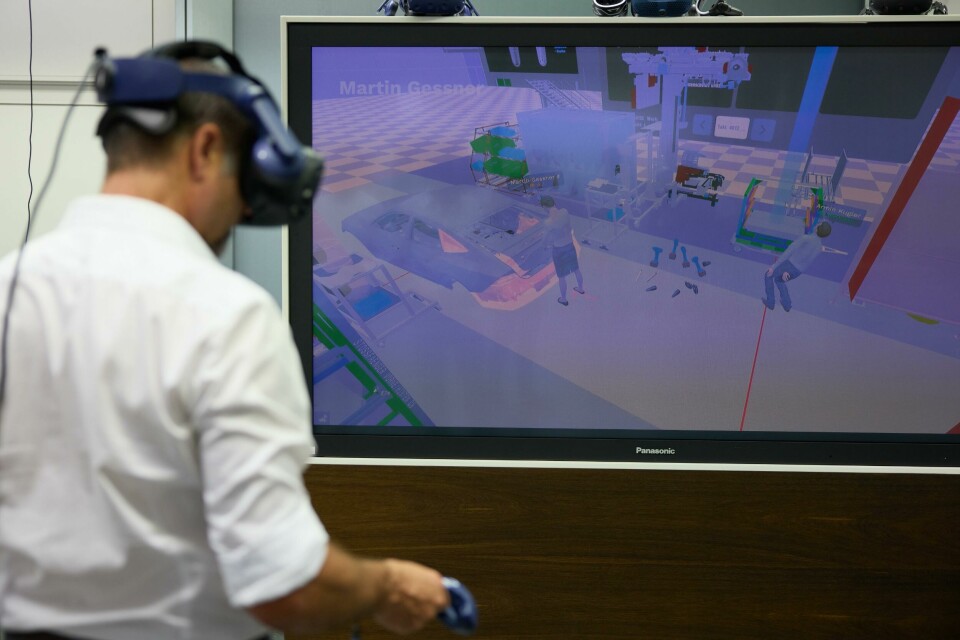
Building on the edge of the virtual and physical worlds
As Audi aims to bring its local production cloud to plants, head of manufacturing engineering Jörg Spindler sees opportunities to scale digital control systems, digital twins and virtual reality.
Special series: Digitalising manufacturing engineering at Audi
In automotive production, managing control systems across different manufacturing areas is complex, from tracking robot movements and equipment, to sharing data and information on parts, robots and workers. The processing power and information transmission needed across a plant is so high that OEMs use anywhere from dozens to thousands of individual computers to manage workstations, robots and other equipment.
That is why Audi’s Edge Cloud 4 Production (EC4P), a virtual control system based onsite at plants, would represent such a revolution – and why it excites head of manufacturing engineering Jörg Spindler so much. There is simply no precedence for this level of central computing for production across any factory.
“Even if Tesla has a central computer for its cars, its factory operations are controlled by individual PCs. But we have the confidence to achieve it,” he says.
The system is being tested in the Audi Production Lab for certain operations at Böllinger Höfe, part of Audi’s Neckarsulm plant, where low volume assembly of the specialised e-tron GT Quattro and R8 takes place. EC4P uses local servers – hence the name, ‘Edge’ cloud – that serve as small data processing centres, able to handle and distribute significant information and power across devices at low latency.
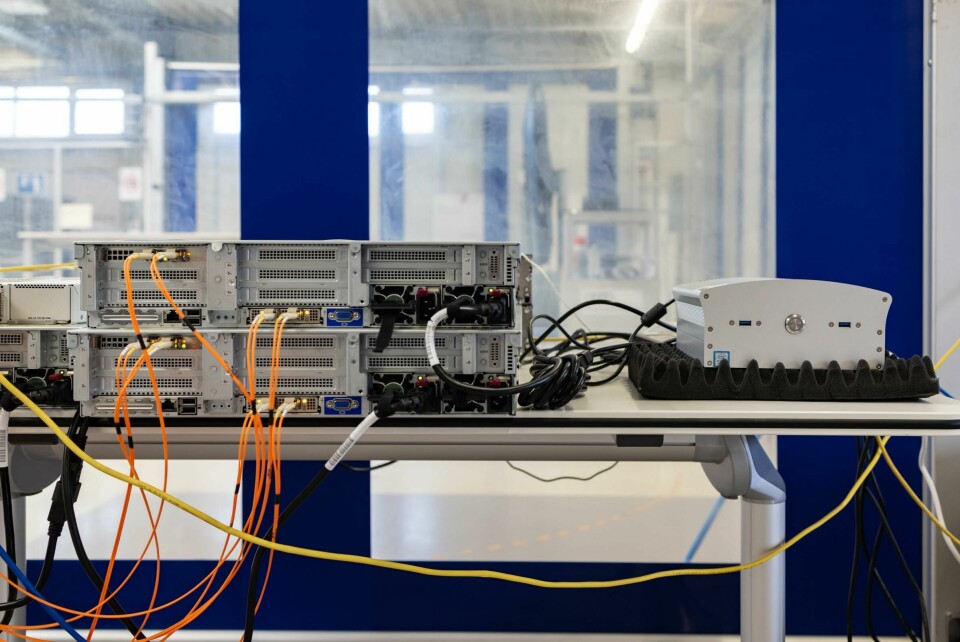
Audi’s Edge Cloud 4 would help centrally steer production, including assembly line management, robots and AGVs
It would ultimately eliminate many individual PCs and hardware across production lines, as well as for individual robots and equipment. It would allow for a fast rollout of software and new tools, whether for robot programming, automatic guided vehicles (AGVs), production planning, predictive maintenance or energy conservation. Currently, even a Windows upgrade requires individual installation for each device, which needs to be timed between production shifts.
Audi would also have greater potential to create and use digital twins powered by artificial intelligence, with data moved quickly and securely, and yet controllable and visible through central systems. Because it would cover very high-volume operations and information, the system would complement the information and software shared across the Volkswagen Industrial Cloud, which is run on an AWS public cloud network.
“Even if Tesla has a central computer for its cars, its factory operations are controlled by individual PCs. But we have the confidence to achieve it [with the Edge Cloud 4 Production].”
Ultralow latency
Bringing Edge Cloud 4 into serial production is one of Spindler’s top interests. The team has not yet confirmed an exact date for serial rollout of the system, but he anticipates a decision this spring. His team is testing out the rollout of the system together with Audi’s production teams and central IT, along with key technology suppliers including Cisco, VMware and hardware manufacturers such as Siemens, Codesys and Phoenix.
Spindler points to important considerations for safety, for example in controlling robots and AGVs. Cisco needs to guarantee a latency time of less than 8 milliseconds between the local servers onsite and any connected equipment to ensure that robots would stop quickly enough should a human come into close contact with them.
“The TÜV [the German technical inspection agency], which must authorise its use in Germany, has never approved anything like this before. We have had to work out a special concept together with them,” says Spindler.
From Mexico to the metaverse
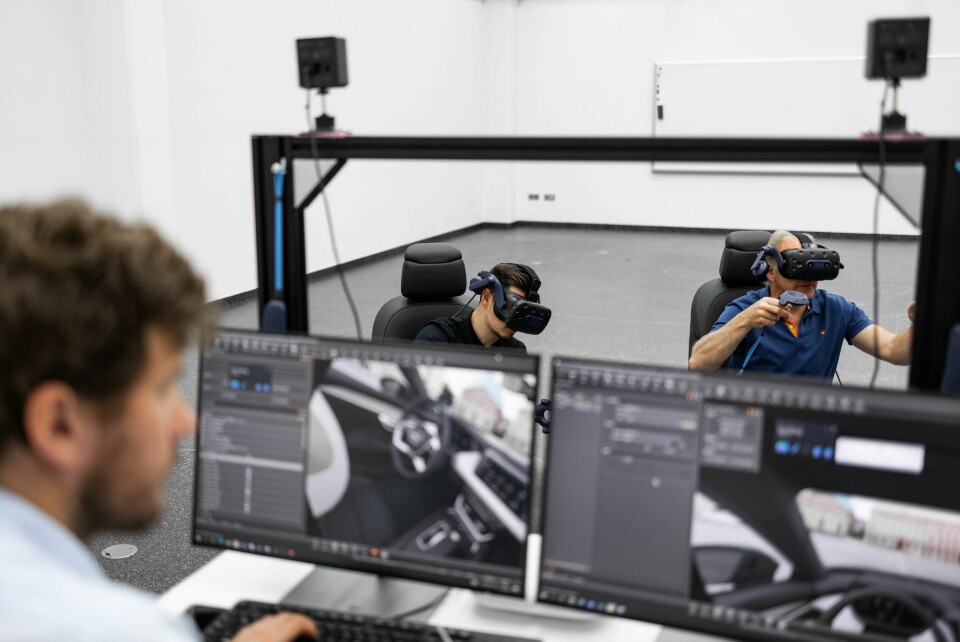
Audi is using VR to test vehicle and parts engineering and the impact on manufacturing, as well as to design assembly and line-side processes
Systems such as EC4P would build upon and help scale further the virtualisation of manufacturing processes. Audi has already implemented virtual tools in its planning and training. For example, it uses a ‘powerwall’ system to project vehicle and bodies on large screens, testing the effects of component and assembly tolerances of different designs, and helping manufacturing teams to influence engineering plans at an early stage.
Audi has also been scanning and digitalising its plant facilities worldwide to help with production planning. This approach played a key role during the pandemic when manufacturing engineers could not always travel to different locations. For Q5 production at Audi’s plant in San Jose Chiapa, Mexico, for example, its central manufacturing engineering team supported local teams using virtual reality tools in lineside design, workstation cycle times, worker flow, ergonomics, rack and shelf locations, for example.
Seeing the system in action demonstrate how interactive and ‘reality’-based it already is. Users are not just moving avatars through computer images of a plant; instead, they wear the VR equipment and walk around the assembly line setup at full scale and dimensions.
“We are able to record the results in real time, for example defining how long it takes to move from one station to another, whether people are getting in the way of each other, how we can shorten walking distances as much as possible,” says Spindler.
“We piloted the design and setup of assembly for Mexico in a ‘metaworld’, a process that is now also being used to plan the facelift of the Q3, which will be coming to Györ, Hungary,” he says. “We have basically mapped the complete manufacturing process without needing real vehicles.”
Audi used VR and digital tools to launch model updates in Mexico, and will now do so for a facelift of the Q3 in Hungary
Digitally managing cycle times for EVs and batteries
Virtual planning and control systems will also play a role as Audi increases electric vehicle and battery production, for example in managing different varieties and powertrain on the same line.
The carmaker has been converting one of its assembly lines in Ingolstadt to produce the Q6 e-tron, which will initially be built alongside the A4 and A5 combustion engine. While older plants like Ingolstadt and Neckarsulm require upgrades to handle electric vehicles and their heavier batteries – for example, ensuring conveyors and halls can handle their size and weight – Audi can use its multiple lines and inventory mix to balance EV production alongside ICEs across other lines. Newer factories such as those in Hungary and Mexico will require less conversion for space and weight, however their single lines can make it more complex to plan different powertrain sequences.
Eventually, Audi will phase out ICEs from each line and upgrade and optimise sequences for EVs. “Taking this mix of brownfield and greenfield approach saves money, and also avoids the cement, CO2 and energy for new facilities,” he says.
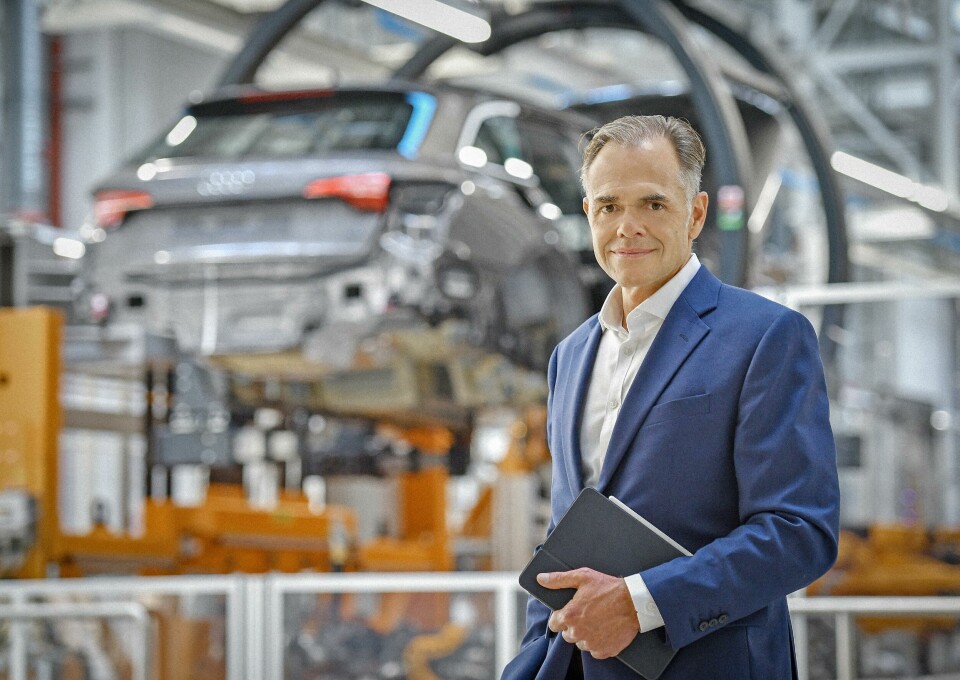
Jörg Spindler also leads on production planning for battery pack, which Audi is currently ramping up in Brussels and Ingolstadt
The mixed model approach comes with other manufacturing challenges, however. Spindler points out that the assembly of EVs, which have fewer parts and variations, is typically faster than those vehicles that require an engine and transmission. That must be accounted for in managing cycle times across the plant.
For Spindler, virtual planning and data-driven systems will help with designing the right manufacturing sequences. “The task is to come up with intelligent systems, with digitalised support, to keep the spread in cycle times between EV and ICE vehicles as small as possible,” says Spindler.
Short cycle times are even more important in battery pack and module assembly. With takt times as little as 2.8 seconds, Spindler says battery pack timings are more comparable to fast moving consumer goods than automotive production. “It is more like a chocolate factory, or at Proctor & Gamble where every two seconds a Pampers [nappy] product comes off the line,” he says. “The speed requires an entirely new set of robots and in-line systems.”
For example, Spindler and his team are introducing a high level of laser welding and laser cleaning to produce battery packs and modules. He also points to processes to manage heat and electrical resistances to ensure high battery range. Virtual planning and control systems will also be important, especially in monitoring complex data in the process.
Developing and implementing these new systems and skills is a key part of Spindler’s strategic objectives, and he wants to ensure teams have the opportunities for retraining and further education, whether using virtual tools or onsite in plants.
“We work as a team to free up resources to manage new topics, such as battery and module production. It’s one of our important management tasks to realign teams and transform their skills, to prepare them for new technologies, or to work together in ways that were unimaginable before,” he says. “Covid forced us to do that in virtual ways, and now we are combining that in training and collaboration physically together, too.”
